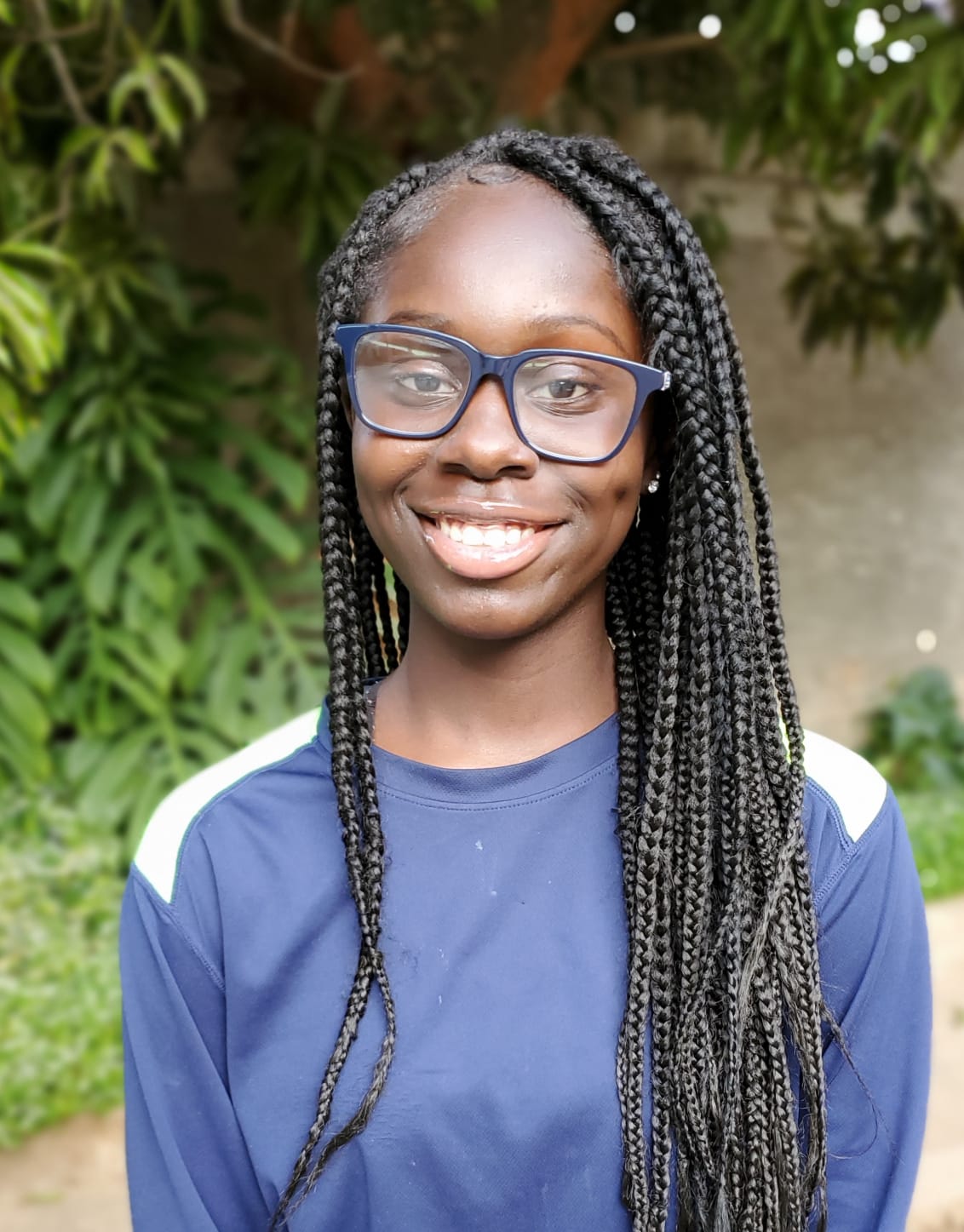
Today I had the opportunity to teach at Daughter’s Vision. It’s a nonprofit led by a woman named Gladys. She is a former teacher from Chikumbuso, but she stopped teaching there because she saw a need to specifically help educate the young girls in the Ngombe Compound. Daughter’s Vision is a nonprofit that helps to provide girls who are less educated or not in school with more of an education than they would otherwise be getting because many are often expected to take care of household duties, chores, siblings, or even get a job to help provide for their family.
While at Daughter’s Vision, I was lucky to teach outdoor games and science. Constructing solar ovens was one of the activities we did in science. It allowed girls to invent their own solar ovens to show how they could build something beneficial to the environment. After the solar oven construction, they each received a marshmallow and chocolate to melt. They returned at the end of the day to see the melting of their first s’more. I really liked how easy it was to make the solar ovens. We told the girls they were now engineers after putting together an oven.
Playing soccer and jump rope allowed me to really talk to the girls and ask questions about themselves and their community. One girl I spoke to in particular was really interesting. I was talking to her about my school and what it was like. She responded that she one day wishes to come to America, but that she also really wants to go to school like her cousin. She can’t because her family doesn’t have enough money to pay the fees for all of her siblings to attend school. This made me think about how unfair it is that certain countries like Zambia don’t have the same public school systems as the United States, which at least allows all students to have a free education.

I also couldn’t imagine a household or parent deciding which child would be educated. Clearly, the girls are often not selected over the boys and required to miss educational opportunities. I believe that these girls living in Lusaka are brilliant and talented and could accomplish anything if they had the same opportunities I do. And, if given a chance, they could benefit the world in many ways, such as one day becoming the first person to cure cancer, becoming an activist in their community, or becoming the first woman president of Zambia. If these girls were given just a slight a chance, there’s no telling how the world might benefit from them.
In the late afternoon, Japhet took us on a city tour that included several local markets in downtown Lusaka which were amazing. They were diverse and fast-paced. Everywhere we looked we would see people trying to sell their products, including a lot of fake hair which Anisa purchased. One of the markets in particular was known for being a place where undocumented immigrants sold their wares and was very diverse. It included a range of shoes, clothing, household items, everything from alcohol to furniture.
Our city tour continued to the Lusaka stadium. Japhet informed us this was the third largest stadium in Zambia. Next to the new stadium is the first soccer stadium built in Zambia and we learned a little about the history of Zambian soccer. When walking to the stadium we saw graves or a memorial-type area. Japhet informed us of the history of the Zambia team plane crash of 1993 in which they on their way to a FIFA World Cup qualifying game against Senegal in Senegal. The Chipolopolo (Copper bullets in Nyanja) were a great team that year and were expected to qualify for Zambia’s first World Cup. Sadly, the plane crashed off the coast of Senegal. All the players and crew died. Their bodies are buried at the memorial site we saw. Zambia has still never qualified for a World Cup. Seeing the stadiums, viewing the memorials and listening to Japhet, I understand why Zambians love soccer and their national team. I hope one day the Chipolopolo make it back to being a World Cup qualifier.
Fatoumatta C., E.L. Haynes Public Charter School
